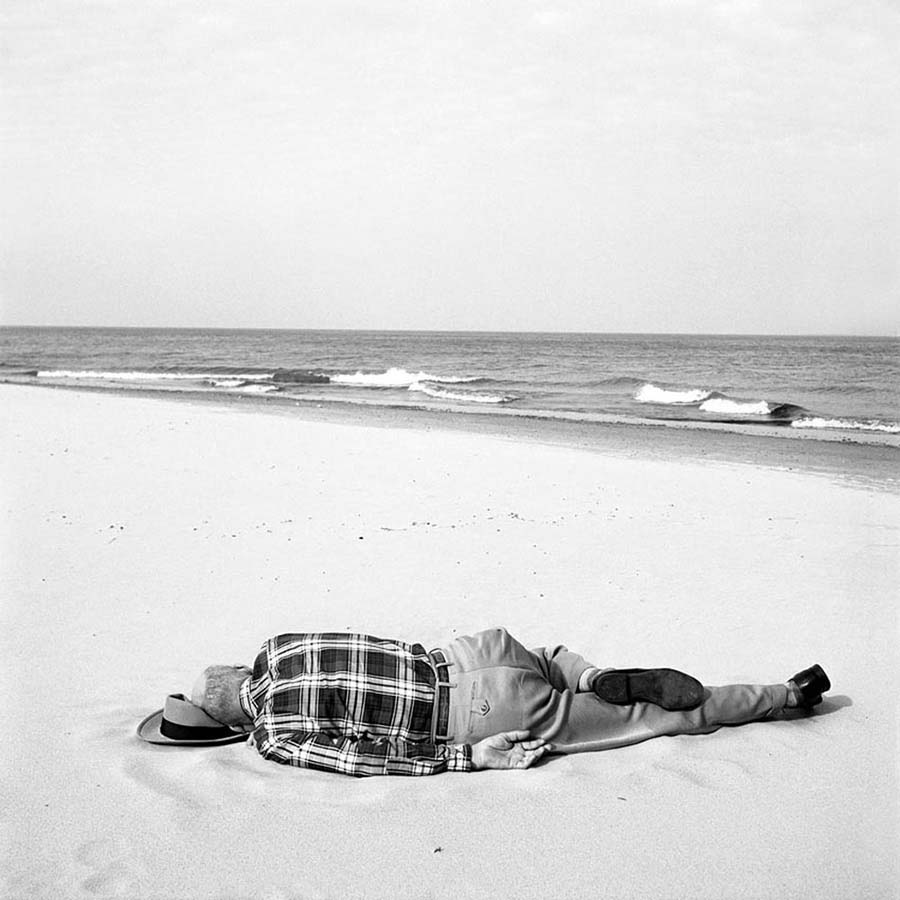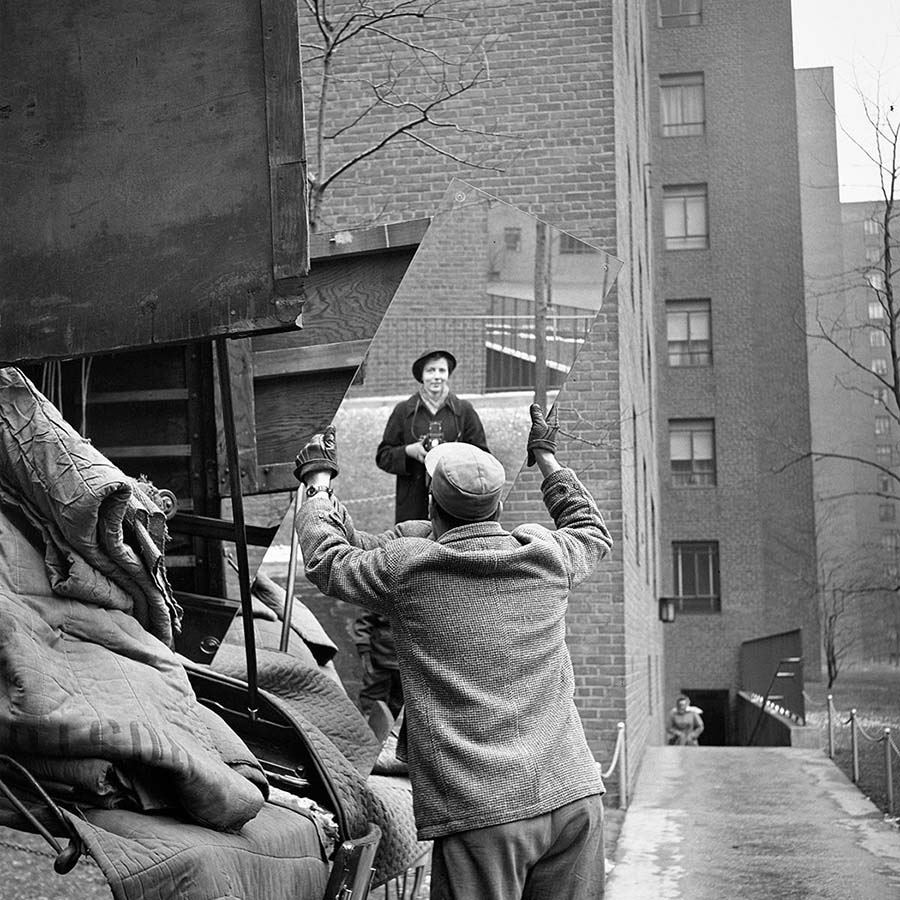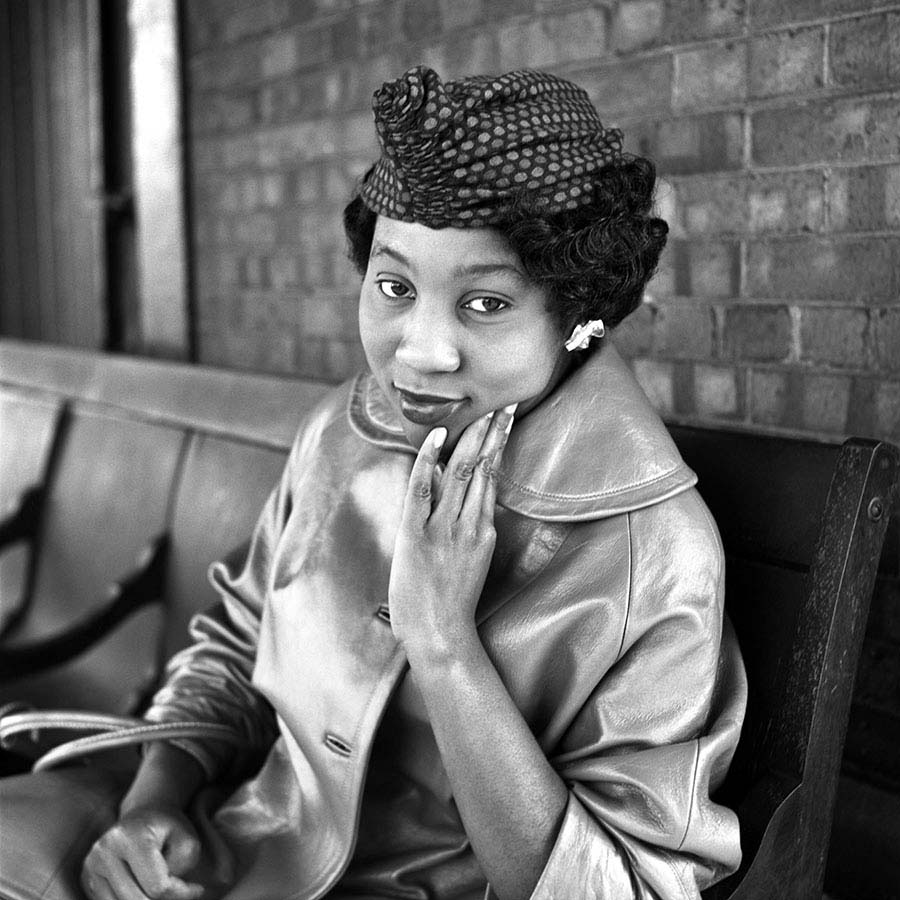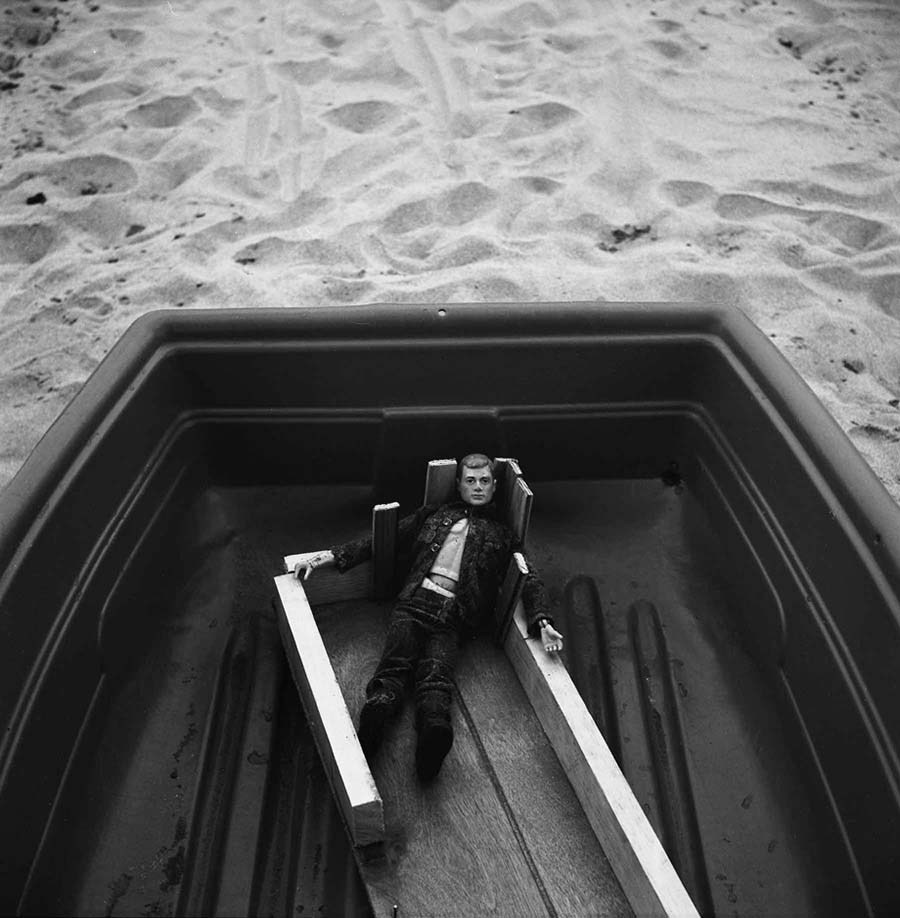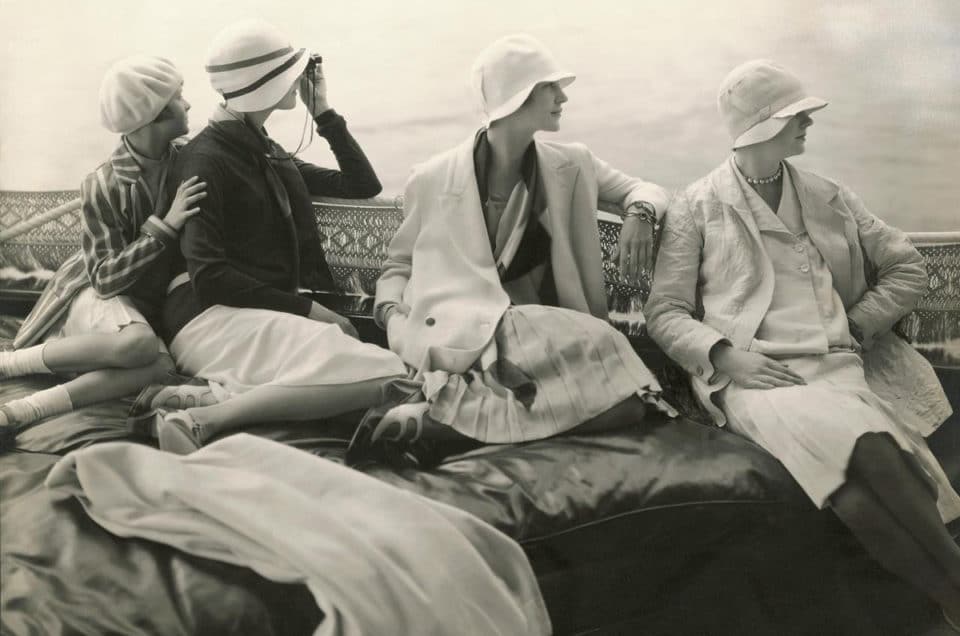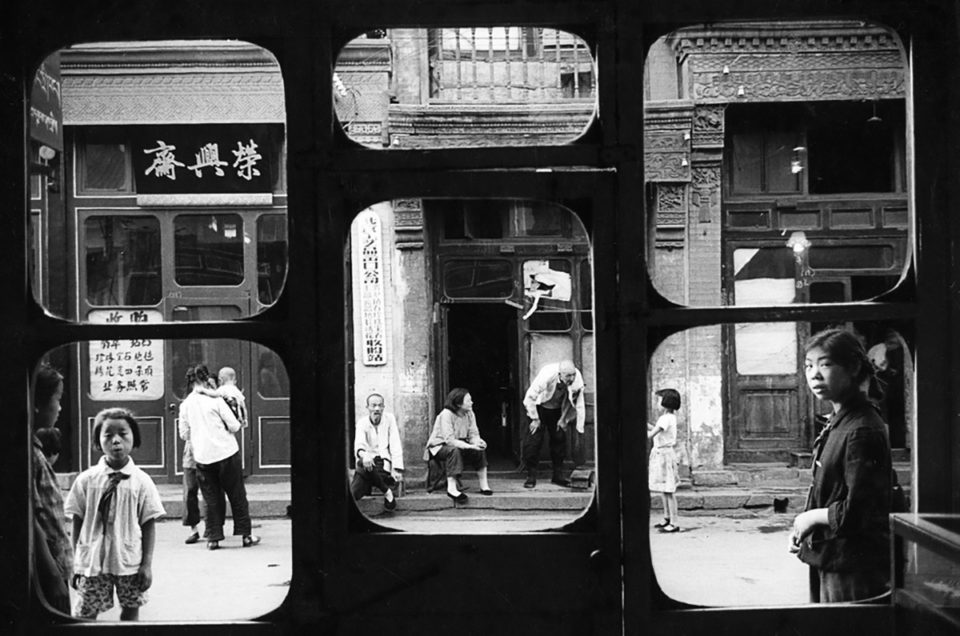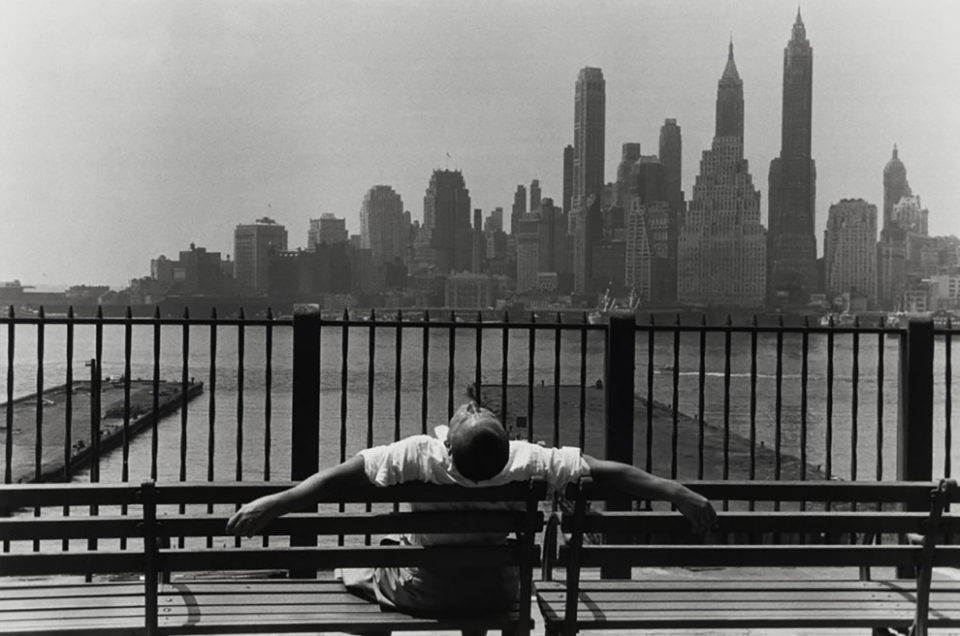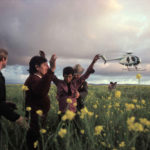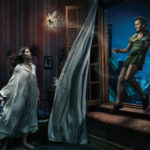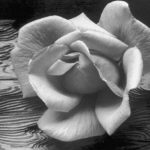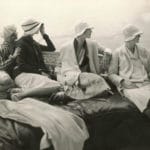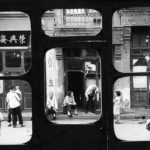(february, 6, 1926, NYC, USA – april, 21, 2009 Chicago, USA)
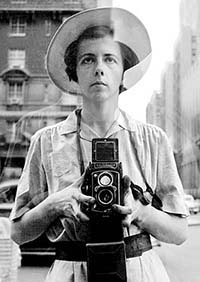 Vivian Dorothea Maier She was an amateur American photographer who worked as a babysitter in Chicago for four decades.
Vivian Dorothea Maier She was an amateur American photographer who worked as a babysitter in Chicago for four decades.
His parents, Jewish refugees, were the French Maria Jaussaud and the Austrian Charles Maier. He spent his childhood between France and the United States. Around 1930 her father abandoned her mother and then they lived together for a season with a pioneer of photography, the surrealist Jeanne J. Bertrand. It is possible that his interest and vocation were born there.
In 1951 at the age of 25 he moved to New York and in 1956 to Chicago, where he spent most of his life. Maier did not reveal many of his reels because he could not afford it. He just took photos relentlessly and apparently didn’t care about the end result. He also collected art books and obituaries from newspapers. From one of them he got the story of one of his films in Super 8. It is the story of a mother and son killed. Maier went with his camera and shot first the supermarket where the mother worked, then the house where he lived with the son, and thus, one by one, all the places to which those poor souls would never return. In one of the tapes John Maloof found, Vivian Maier had filmed her idea of the passage of life:
We have to make room for others. This is a wheel, you get on and get to the end, someone else has your same opportunity and takes your place, until the end, once again, always the same. Nothing new under the sun.
In 1959 she traveled alone to Egypt, Bangkok, Thailand, Taiwan, Vietnam, France, Italy, and Indonesia. She lived in Rogers Park and was a babysitter for a North Side family in Chicago. John Maloof summarizes the description that some people he cared for when they were little did:
She was a socialist, feminist, film critic, and easygoing. He learned English by going to the theater because he loved it. I used to wear a men’s jacket, men’s shoes and a big hat. I was taking pictures all the time and then I wasn’t showing them to anyone.
Towards the end of her life she was left homeless but the 3 Ginsberg children she had cared for paid her rent for an apartment and cared for her until her death in 2009. v In December 2008 she fell while walking on ice and fell hit on the head. He was driving to an Oak Park nursing home where he passed away 4 months later at age 83.
Archivo fotográfico
In 2007 John Maloof was looking for information to write a Chicago NW Side history book called Portage Park and went to an auction where he bought a photo archive for about $ 380. The auction house had purchased its belongings from a furniture storage warehouse because it had stopped paying the fees. John Maloof began to review it and discarded it for investigation. He decided to reveal a part and resell it on the Internet. It was then that the renowned critic and photography historian Allan Sekula contacted him to prevent him from continuing to disperse that prodigious and talented material. Maloof, aware of the treasure practically rescued from the rubbish, began a meticulous investigation, recovery and protection of Vivian Maier’s archive. That prompted him to take similar photographs. She bought the same Rolleiflex camera that Vivian Meier had and went to the same places to take pictures.
She investigated her life and located a photography store called Central Camera where Vivian used to go to buy film reels. He preferred foreign reels over American ones. Thanks to the Gensburgs family that Vivian had worked for 17 years, John Maloof was able to retrieve 2 large drawers that were to be thrown away. They contained correspondence, newspaper clippings, and color photographic reels.
Of the 100,000 negatives, about 20,000 or 30,000 were still on the undisclosed reels from 1960 to 1970. John Maloof managed to successfully reveal the reels. The negatives Vivian revealed were stripped and had the date and location written in French. John Maloof searched the internet for more information and found that he had died two days before the search. In November 2010, they had scanned 10,000 negatives and had another 90,000 to scan. There were also a few hundred black and white reels and some 600 color reels to reveal.
Su trabajo muestra escenas callejeras de Chicago y New York en las décadas de 1950 y 1990.
Works on her
- MALOOF, John, Vivian Maier: Street Photographer, Powerhouse Books, 2011
- Movie Finding Vivian Maier produced by John Maloof & Charlie Siskel.
Links
Some of her Photos

